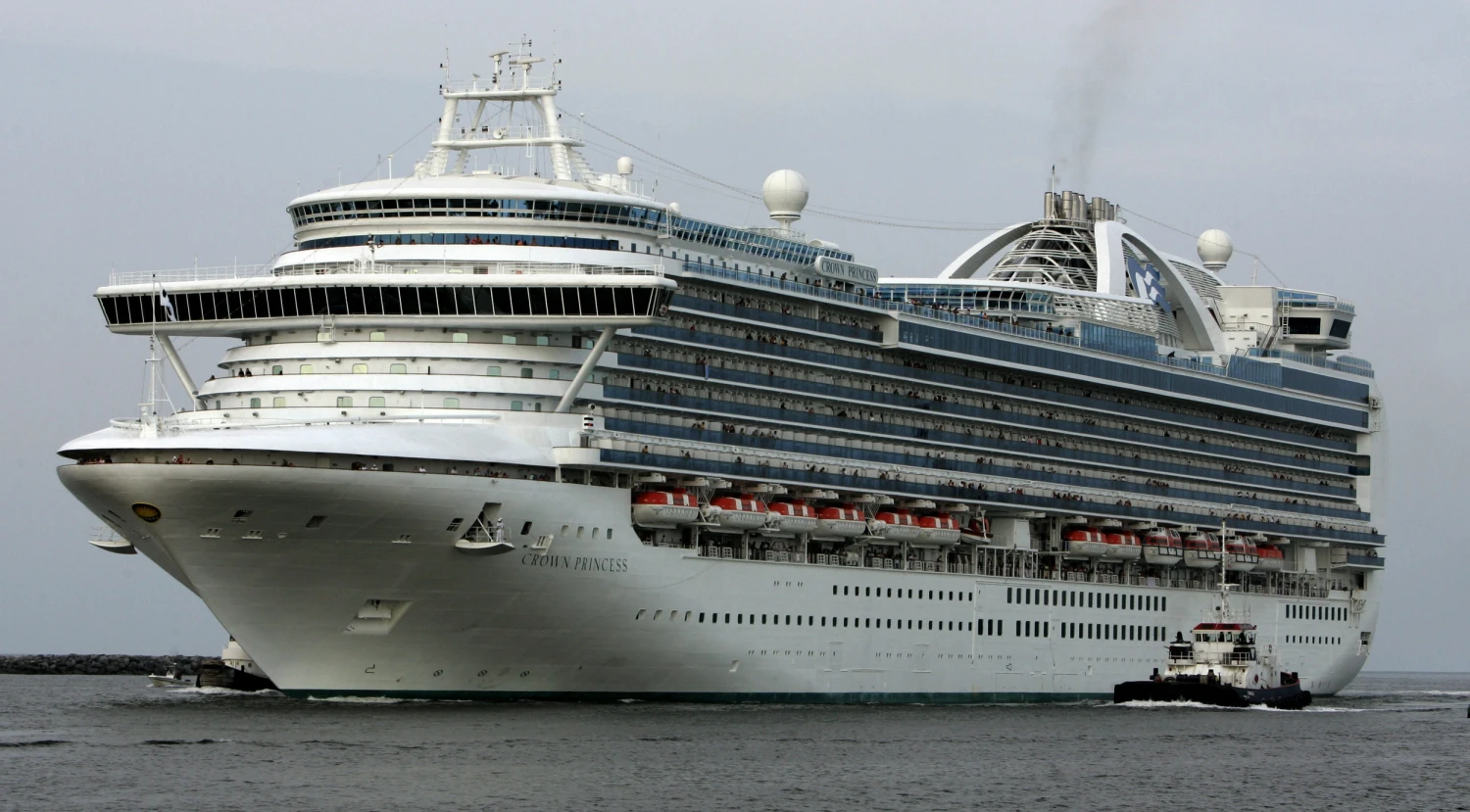
Background
In 2016, Princess Cruise Lines, a subsidiary of Carnival Corporation, faced the largest-ever criminal penalty for deliberate pollution by a vessel. The case highlighted severe breaches of environmental regulations, specifically the illegal discharge of oily waste into the ocean and the systematic falsification of oil record books to conceal these activities. This in-depth case study details the violations, the investigative process, the legal consequences, and the aftermath for Princess Cruise Lines.
Details of the Violations
Illegal Discharge Using a “Magic Pipe”
Princess Cruise Lines engaged in illegal practices involving the use of a “magic pipe” to bypass the ship’s oily water separator, a device mandated by MARPOL regulations to prevent pollution. The “magic pipe” allowed the direct discharge of untreated oily bilge water into the ocean. This practice significantly contravened international maritime environmental laws designed to protect marine ecosystems.
How the Magic Pipe Worked:
- Setup: The magic pipe was a concealed hose that diverted oily bilge water around pollution control equipment.
- Discharge: Crew members used the magic pipe to release oily water directly into the sea, avoiding detection by bypassing the onboard treatment systems.
- Cover-Up: The crew then falsified the oil record books, making it appear as though the waste had been processed through the proper channels.
Falsification of Oil Record Books
To conceal the illegal discharges, crew members falsified oil record books, which are required by MARPOL Annex I to document all oil transfers and discharges on a vessel. The falsified entries made it appear that the waste was being processed according to environmental regulations, thus avoiding detection during inspections.
Details of Falsification:
- False Entries: Logbooks were manipulated to indicate compliant discharge of treated water.
- Training on Deception: Crew members were instructed on how to falsify records and what to report during inspections to avoid raising suspicions.
Investigation and Legal Action
whistle blower Revelation
The illegal activities were uncovered thanks to a whistle blower from the crew who reported the violations to authorities in the United Kingdom. This individual provided photographic and video evidence of the bypass mechanism and the discharges.
- Identity of Whistle blower: The whistle blower was a newly-hired engineer who discovered the illegal discharge practices and documented the evidence. This courageous act played a crucial role in bringing the violations to light.
U.S. Department of Justice Involvement
The case was prosecuted by the U.S. Department of Justice (DOJ) after the ship entered U.S. waters. The DOJ’s Environmental Crimes Section, along with the U.S. Coast Guard, conducted a thorough investigation that confirmed the whistle blower’s allegations.
Investigation Findings:
- Extent of Pollution: The investigation revealed that the illegal discharges had been ongoing since at least 2005.
- Company Knowledge: It was determined that senior engineering officers were aware of and complicit in the illegal practices.
Legal Consequences
Fines and Penalties
In December 2016, Princess Cruise Lines was fined $40 million, the largest-ever criminal penalty for deliberate vessel pollution.
Breakdown of Penalties:
- Criminal Fine: $40 million in penalties for deliberate pollution and conspiracy to falsify records.
- Probation: The company was placed on probation for five years and required to implement an extensive environmental compliance program.
Court Statements
During the court proceedings, it was revealed that the pollution practices were well-known among the senior engineers. One statement noted that the “magic pipe” had been used on multiple ships within the Princess fleet.
- Court Remarks: U.S. District Judge Patricia A. Seitz stated, “This is a company that knew better and should have done better.” The court emphasized the severity of the violations and the deliberate nature of the cover-up.
Aftermath and Industry Impact
Reforms and Improvements
In response to the scandal, Princess Cruise Lines and its parent company, Carnival Corporation, took significant steps to overhaul their environmental practices. These reforms aimed to prevent future violations and restore the company’s reputation.
Steps Taken:
- Investment in Technology: Significant investments in new technology to better monitor and control waste discharges.
- Corporate Culture Shift: Initiatives to foster a culture of environmental responsibility and compliance within the company.
Industry-Wide Implications
The case set a precedent in the maritime industry, highlighting the importance of environmental compliance and the severe consequences of violations. It served as a wake-up call for other shipping companies to review and improve their environmental policies and practices.
Royal Caribbean’s Statement
While Princess Cruise Lines is a subsidiary of Carnival Corporation, another major cruise operator, Royal Caribbean, issued a statement emphasizing their commitment to environmental stewardship. Royal Caribbean highlighted their proactive measures and technologies in place to prevent pollution and ensure compliance with all maritime regulations.
Conclusion
The Princess Cruise Lines case underscores the critical importance of adhering to environmental regulations in the maritime industry. The severe penalties and mandatory reforms illustrate the potential consequences of non-compliance and the need for rigorous oversight and ethical practices in maritime operations. This case serves as a stark reminder that protecting marine ecosystems must be a priority for all stakeholders in the industry.
References
- U.S. Department of Justice: Princess Cruise Lines Fined
- Reuters: Carnival Corporation Fine
- Maritime Executive: Odfjell SE Fined
For further details and in-depth articles on maritime topics, visit MaritimeHub.com.




